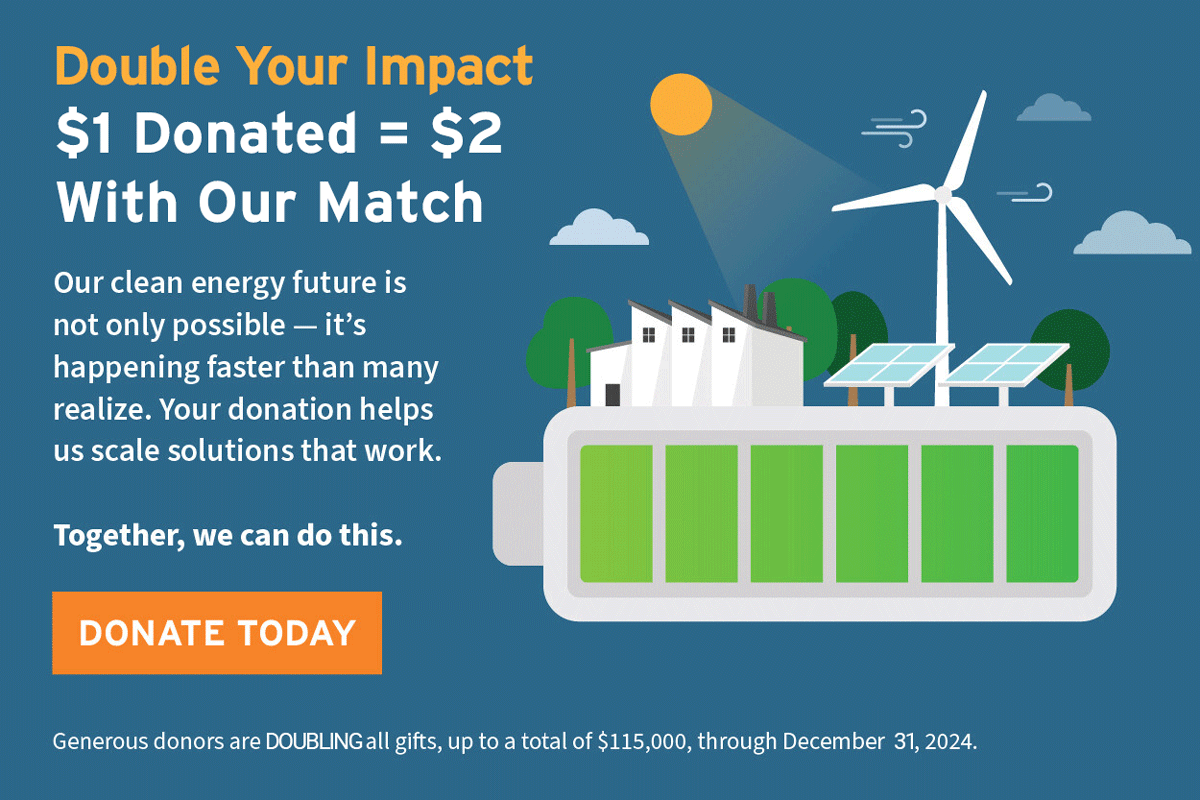
Zero Net Energy: Behind the Goal
Berkeley, California — At a presentation today by Rocky Mountain Institute at the David Brower Center, it was clear that the momentum behind Zero Net Energy buildings—where the amount of energy provided by on-site renewable energy sources equals the amount of energy used by the building over the year—is part policy-driven and part customer-driven.
“ZNE has great appeal to the business sector,” said Chris Page, global director of energy and sustainability strategy for Yahoo! Inc. “It is a goal, much like LEED, that inspires a sense of ‘doneness,’ and it inspires a level of competitiveness that is inherent to the Silicon Valley.”
The California Public Utilities Commission’s Big Bold Energy Efficiency Strategies has set an ambitious goal of ZNE for all new residential construction by 2020, and all new commercial construction by 2030. ZNE has also been taken up enthusiastically by builders, developers, and others in the private sector. Shea Homes, one of the largest homebuilders in the U.S., now has ZNE options in five states, across 90 percent of the company’s floor plans, with significant uptake in new homes. Shea is partnering with Solar City to provide on-site solar photovoltaic installations.
The marketing hook: The “no electric bill” home—which presents an obvious challenge for utilities.
Utilities—which have long been in the business of buying, selling, and delivering electricity, are now managing an increasing number of consumers who are taking ownership of their electricity generation, most commonly through rooftop solar. But these customers still connect to the grid and need its services part of the time.
In short, ZNE will require two wildly complex systems—the buildings themselves and electricity system—to integrate in a completely new way. California’s ambitious goals shed light on need to address the regulatory and business models driving how distributed generation is valued.
In that sense, ZNE is not just a goal, but an entry point into a much wider, more complex conversation.
“Rapid innovations in component technologies are opening new options for ZNE buildings and the grid to form a new relationship,” said James Newcomb, RMI program director. “More renewable, flexible, local, and dispatchable power can create enormous value to a utility.”
Added Virginia Lacy, RMI electricity senior consultant, “With ZNE buildings, the utility-customer relationship is changing now—whether we are ready for it or not.”
Fortunately, this is both encouraging and forcing a variety of players to rethink how to create a sustainable model for an increasingly renewable and distributed electricity future.
“We are already providing more use-based signals to customers, which is a direction we want to continue to move,” said David Rubin, Pacific Gas and Electric Company director of service analysis. “For us, key drivers forward are to continue to provide customers with a cleaner and cleaner energy supply. We’re also driven to make sure they are provided safe, reliable, and affordable power. Finding the sweet spot amongst the various objectives can be a challenge, but an opportunity.”
“But who owns this change moving forward?” audience members asked. “We need to replace the uncertainty with ideas that can be checked. Where does the future business model come from? And who is going to guide it? “
RMI is beginning the conversation for the continued development of future business models. Later this year, the Institute will convene an electricity innovation lab to get thought leaders around the country to engage in exactly these questions.
